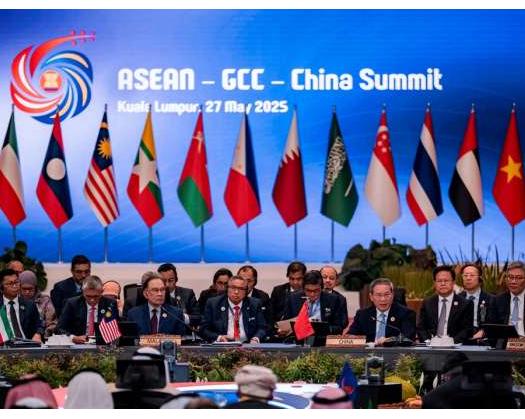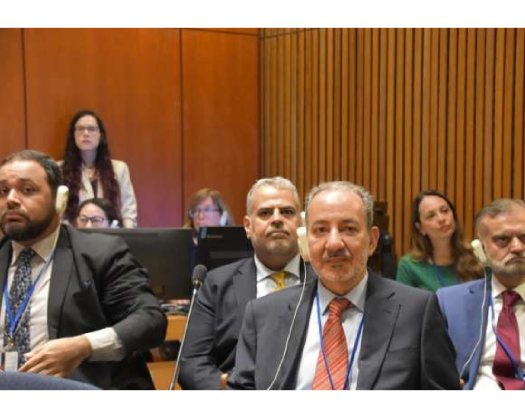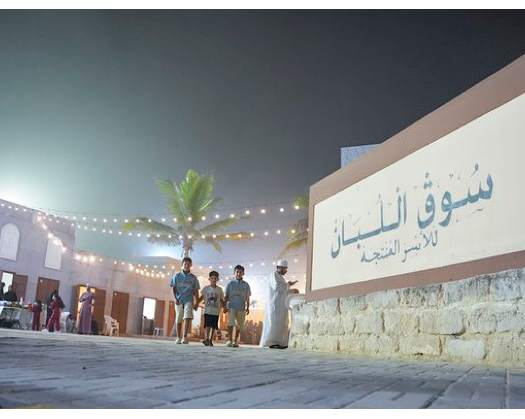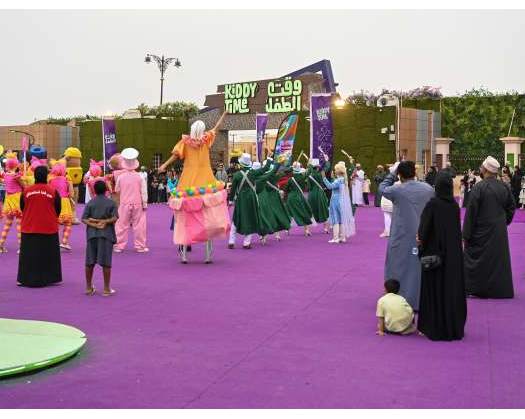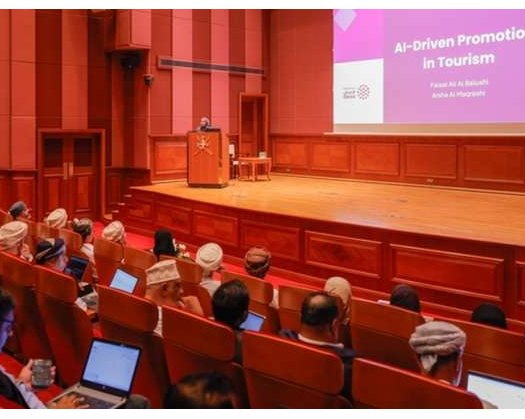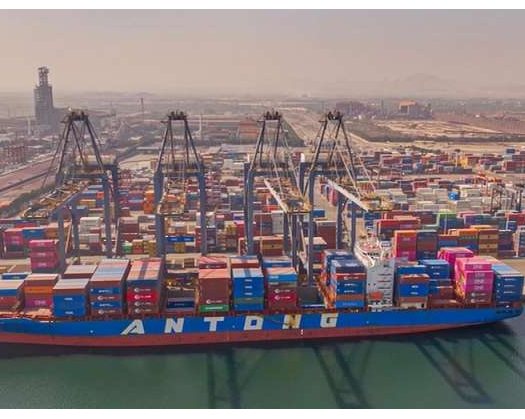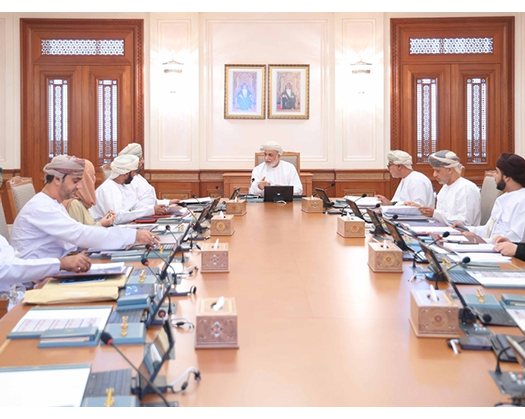Amid increasing trade disputes and a rise in protectionist policies worldwide, the first ASEANGCCChina Summit, held under Malaysia's ASEAN chairmanship for 2025, has attracted substantial international attention. This meeting represents another step in Global South collaboration, which has ramifications for both regional and global growth.
Foundations for Partnership
The three parties have strong historical and economic links. Centuries ago, the Silk Road served as a conduit for cultural and commercial interactions among their populations. China is still an important commercial partner for both ASEAN and the GCC. Recent developments, such as the complete conclusion of China-ASEAN Free Trade Area 3.0 discussions, highlight persistent efforts to enhance economic integration. These deep-seated connections, fostered via both bilateral and multilateral frameworks, form a solid basis for future cooperation.
Shared Vision for Inclusive Growth
As supporters of open markets, the three nations reaffirmed their support for multilateralism at the summit. The event highlighted Global South countries' transition from passive participants to active contributors in establishing international economic frameworks. Discussions emphasized the significance of a rule-based global trading system that values fair development above zero-sum competition. This vision corresponds with wider calls for inclusive globalization that benefits everyone.
Complementary Strengths
Each region offers distinct benefits: ASEAN's young demographics and natural resources; the GCC's energy resources and financial capital; and China's enormous consumer market and manufacturing capabilities. The partners will enjoy lower energy and resource costs, quicker logistics, and more efficient financial services by leveraging these complementary strengths. These synergies will improve all three parties' competitiveness and resilience while allowing for more secure and sustainable development, which is critical for overcoming difficulties in today's unpredictable global markets and sustaining growth in the face of trade inconsistencies.
Synergy in Scale: 1+1+1>3
Trilateral cooperation has already shown notable progress. Chinese Premier Li Qiang announced at the Summit that China has chosen to provide five-year, multiple-entry visas to eligible Southeast Asian nationals for business and other purposes, as well as to effectively grant all GCC nations visa-free status. With the formation of a regional business council, the three parties have committed to cooperating on economic integration, connectivity, energy security and sustainability, digital transformation and innovation, food and agriculture, and people-to-people exchanges.
ASEAN, China, and the GCC together account for around a quarter of the world's population and GDP. Their collaboration represents a developing inclination towards cooperative and open regionalism in the face of common difficulties such as trade disagreements and supply chain interruptions. By enhancing infrastructure connectivity and streamlining trade, this relationship has the potential to generate synergies that exceed, rather than just add, their individual strengths.
A Model for South-South Cooperation
Amid ongoing tariff and trade battles, the best method to deal with the present challenges is to seek for strength via togetherness. The three parties have shown that the Global South can collectively counteract the unfavorable effects of unilateral tariffs by seeking out new trade and investment prospects, diversifying trade relationships, and decreasing reliance on conventional markets through cross-regional cooperation.
The three parties' connected market, one of the world's largest intraregional markets, will enable other nations to reap more rewards and provide much-needed certainty to the global economy. By bringing together the three important forces in the world, this inventive, inclusive, and pragmatic model embodies a common commitment to the rules-based multilateral trading system, with the WTO at its heart, and represents a significant step toward a peaceful, prosperous, and fair future.
A Strong Boost to Globalization
In an age of interdependent economies and shared global issues, globalization still has transformational power—provided that countries prioritize cooperation over isolation. The ASEANGCCChina Summit, as an innovative cooperation mechanism among Global South nations, exemplifies how many regions can harmonize interests to bolster multilateral frameworks and promote equitable commerce.
The Summit's success sends a strong message: Solidarity does not imply uniformity. It thrives when countries OVERCOME their differences through structured cooperation. By prioritizing dialogue and economic interdependence, nations can turn disparities into opportunities while promoting shared progress. In an uncertain world, such cooperation is more than aspirational; it is the foundation of collective resilience and a more equitable future.

